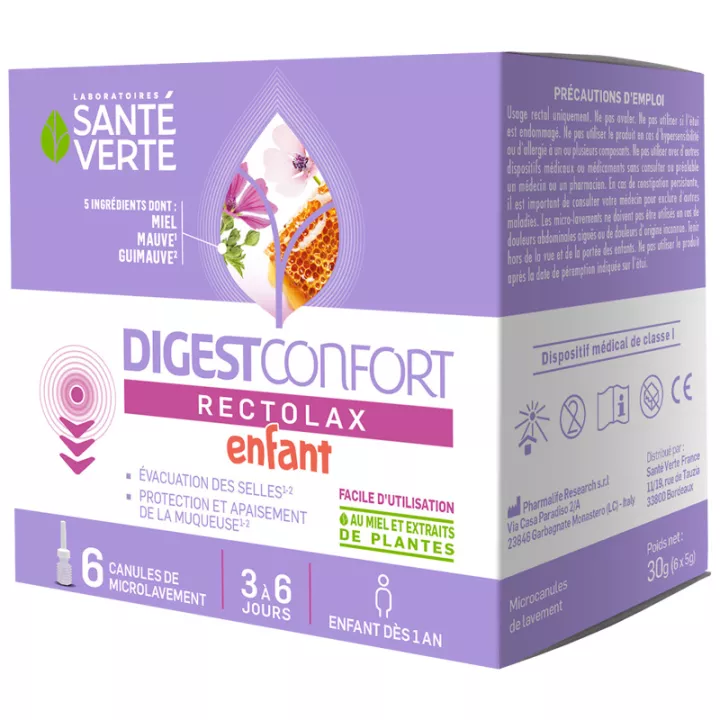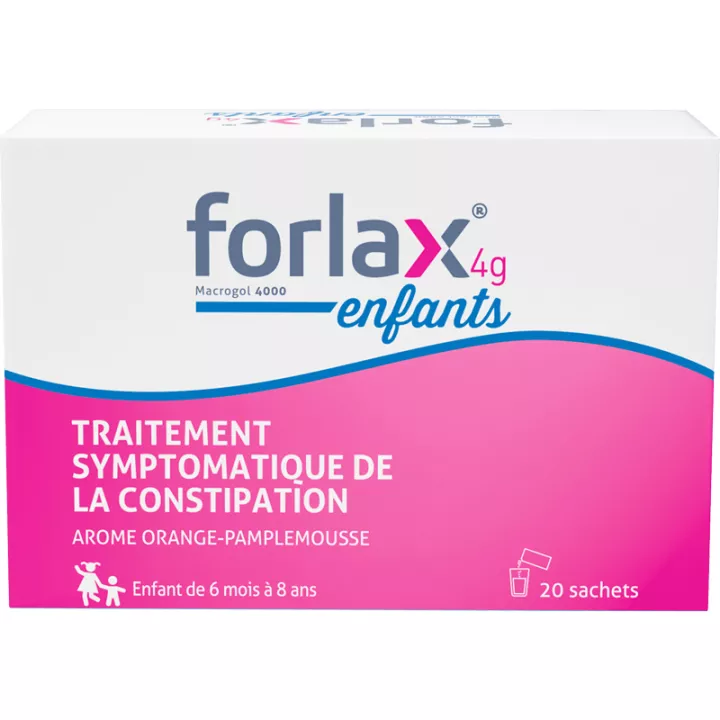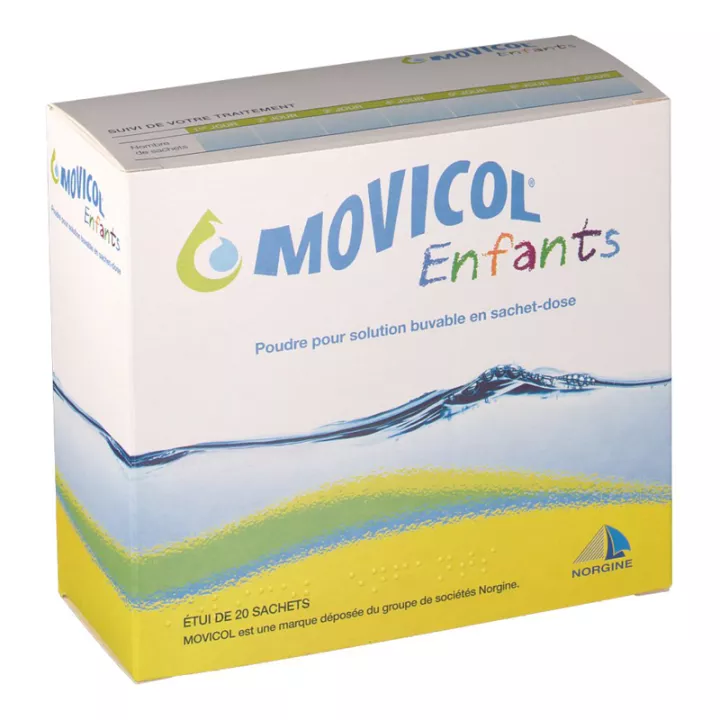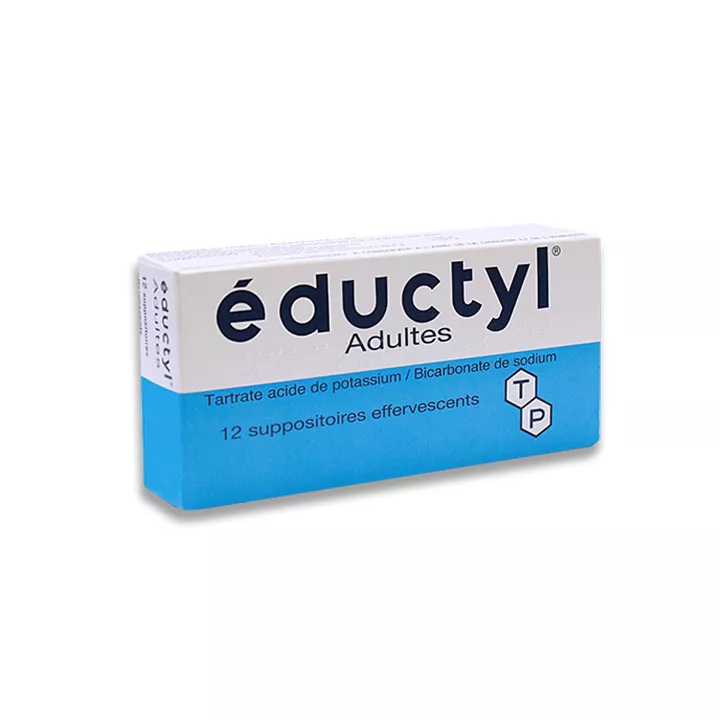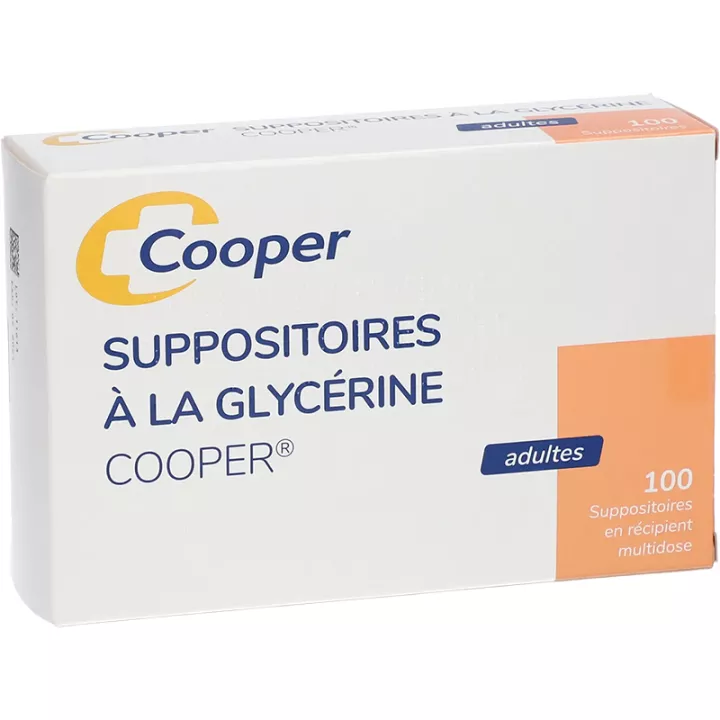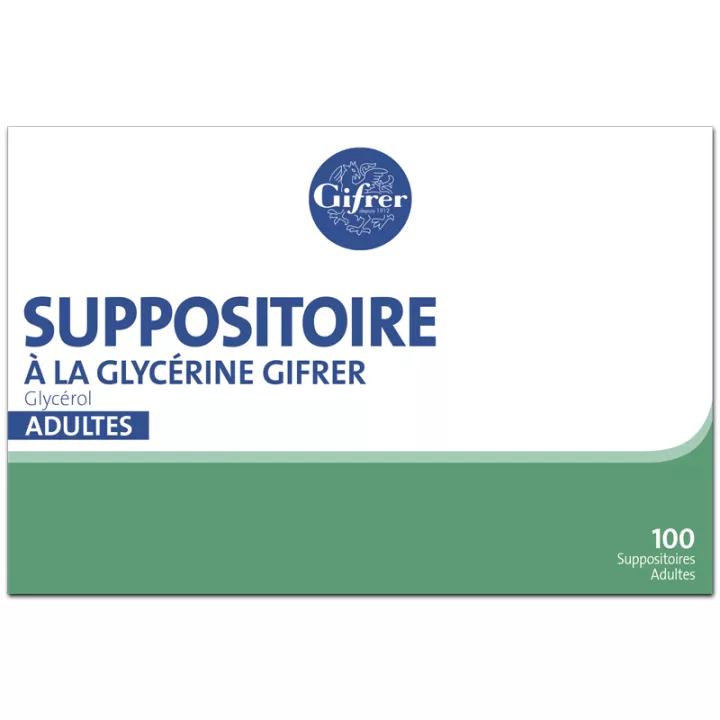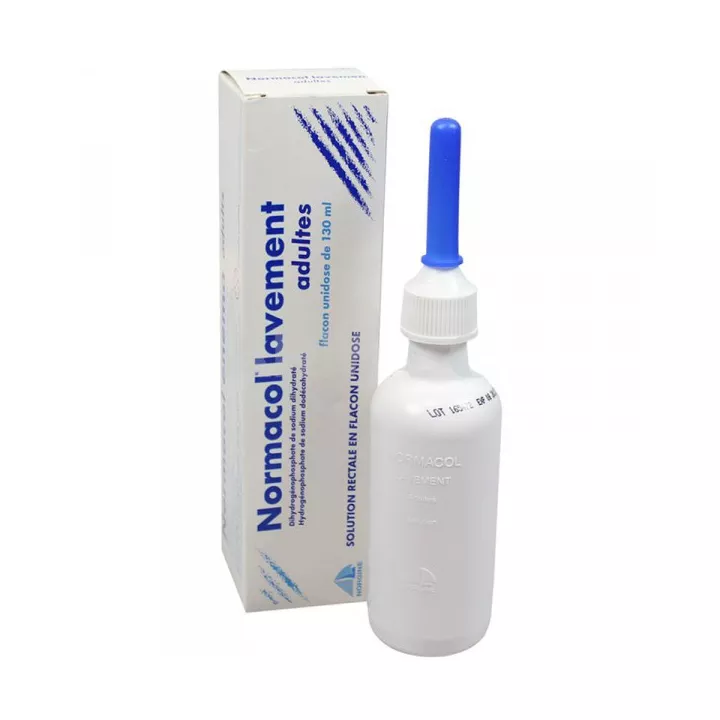What is DigestConfort Rectolax Enfant used for?
When a child suffers from constipation, it's not just a question of slowed transit. It quickly becomes a source of daily discomfort,discomfort and even pain. DigestConfort Rectolax Enfant is a medical device designed to gently relieve constipation in children aged 1 and over.
Thanks to its unique formulation, it naturally facilitates intestinal evacuation while respecting the sensitivity of toddlers. The polysaccharide complex of Marshmallow and Mallow plays a key role. These two plants form a protective plant film that soothes, moisturizes and protects the rectal mucosa. A genuine natural barrier against irritation that also helps restore lasting intestinal comfort.
Honey, a precious and traditional ingredient, completes this synergy with its lubricating and softening action. It helps facilitate stool expulsion while nourishing the local area. It's a bit like oiling a lock to keep it running smoothly. As for Lemon and Lavender extracts, they're not there by chance. Their role is to provide a sensation of freshness, gentle cleansing and optimal hygiene, particularly when the rectum needs a little help to be released effectively and non-aggressively.
DigestConfort Rectolax Enfant is also easy to use, a real plus for parents. Each box contains 6 ready-to-use cannulas, perfectly dosed and hygienic. The single-dose format ensures quick handling and no wastage. It can be used from an early age, making it the ideal solution for babies, children and even older children, who may also suffer from slow transit or constipation.
Finally, this solution acts locally, without using the systemic route. This means it works where the problem is, without disturbing the body as a whole. A real relief for parents looking for a targeted, gentle and effective approach . This natural micro-lavage softens stools, facilitates their evacuation and protects the rectal mucosa against inflammation and irritation. It is particularly suitable for children with occasional or recurrent transit problems.
We also offer Microlax Bébé Solution Rectale laxative 4 unidoses, a gentle, fast-acting device with similar benefits to DigestConfort Rectolax Enfant.
How to use this natural purge?
For children aged 1 to 12, use 1 x 5 g cannula as needed. For persistent constipation in children aged 3 to 12, 2 doses can be used simultaneously. Each single-dose cannula is sterile-packed, ensuring perfect hygiene right up to the moment it is opened.
The procedure is simple:
- Simply open the cannula by removing its lid.
- Apply a few drops of the product to the tip to lubricate it.
- Gently insert the cannula into the rectum, then squeeze the bellows all the way out.
- Once extraction is complete, be sure to remove the cannula to avoid reaspirating the product.
- It is essential to wash your hands thoroughly after use and avoid contact with your eyes.
Give your opinion on the advice for use and dosage of DigestConfort Rectolax Enfant with our partner Avis Vérifiés after your purchase.
Precautions for use
- For rectal use only
- Do not swallow
- Do not use if case is damaged
- Do not use in case of hypersensitivity or known allergy to one or more components
- Do not use with other medical devices or drugs without medical advice
- In case of persistent constipation, consult a healthcare professional
- Do not use in case of acute or unexplained abdominal pain
- Keep out of sight and reach of children.
- Do not use after expiration date.
What does this children's enema contain?
Ingredients
Demineralized water, Honey, Marshmallow Polysaccharide Complex, Mallow Polysaccharide Complex, Lemon Hydroglycerine Extract, Lavender Hydroglycerine Extract, Potassium Sorbate, Sodium Benzoate.
Packaging
Box of 6 ready-to-use single-dose cannulas for a 3 to 6-day course of treatment, for use from age 1. Available at the best price in our online pharmacy.
Expert advice
In naturopathy, constipation in children often reflects an imbalance in the body's environment: insufficient hydration, low-fiber diet, stress or a sedentary lifestyle. In addition to the occasional use of a gentle micro-lavage such as DigestConfort Rectolax Enfant, it is essential to re-establish an environment conducive to good transit.
Here are a few simple tips: give preference to fiber-rich fruits such as pears and plums, regularly offer water with low mineral content, and encourage outdoor play to stimulate intestinal motricity. In phytotherapy, Mallow and Marshmallow are well known for their emollient and soothing properties, ideal for calming irritated mucous membranes.
This type of micro-lavage is also useful for temporary support, when the child is going through a period of transition (change of pace, travel, return from vacation). The aim is not to create dependency, but to provide immediate comfort while working on the underlying cause.

